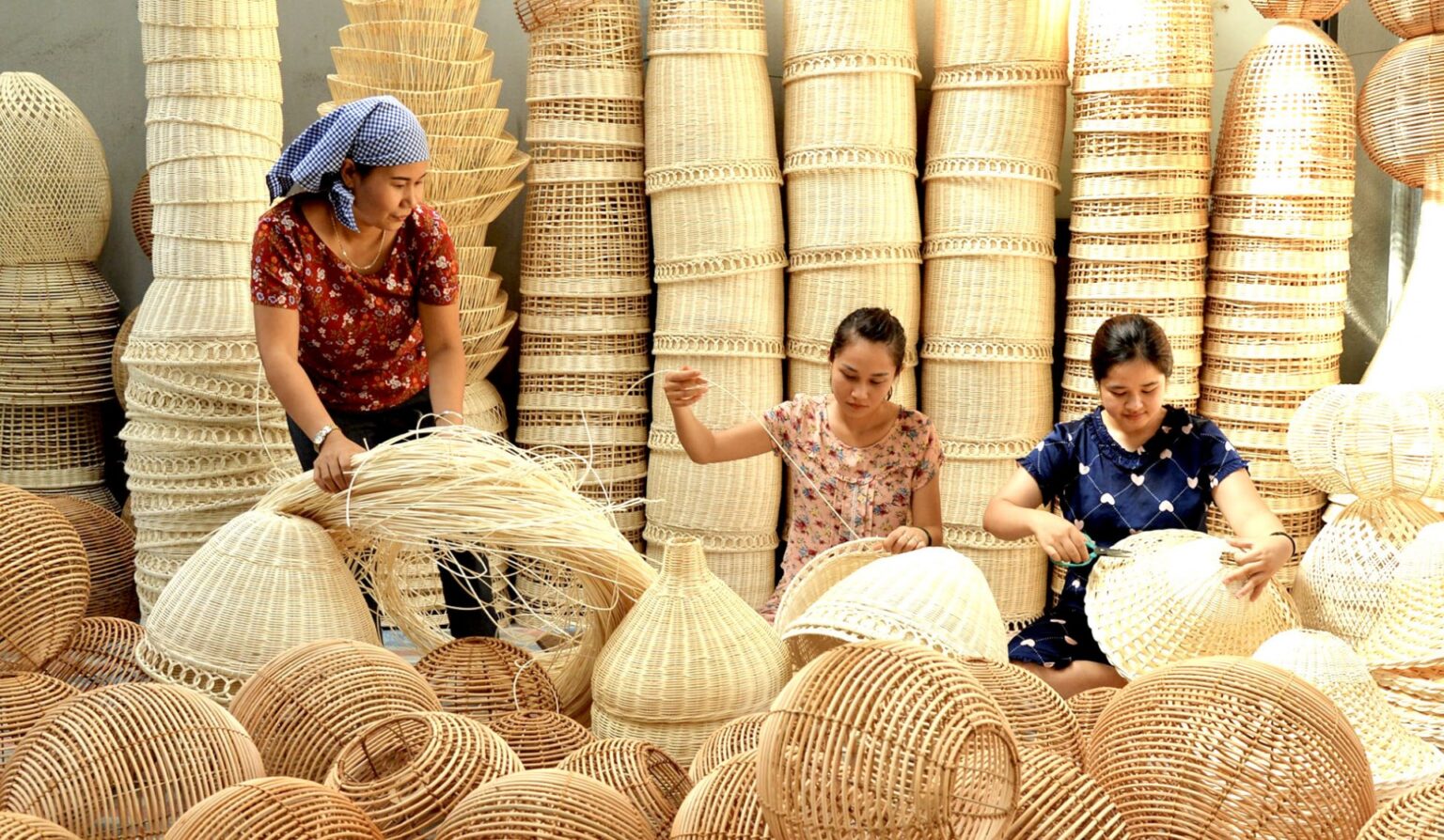When travelers think of Vietnam, vibrant street markets, scenic landscapes, and flavorful cuisine often come to mind. Yet hidden behind this dynamic image lies a deeper, quieter expression of the country’s soul: its traditional handicrafts.
Vietnam traditional handicrafts are not just functional or decorative items — they are expressions of cultural identity, artistic mastery, and historical continuity. These crafts are the product of centuries of skill passed down from generation to generation, often within small villages where entire communities engage in artistic creation.
From the rustic charm of Bát Tràng ceramics to the refined elegance of Vạn Phúc silk, Vietnamese handicrafts are now stepping onto the global stage. In this article, we explore the value, diversity, and global relevance of Vietnam’s traditional crafts and how they’re shaping the future while honoring the past.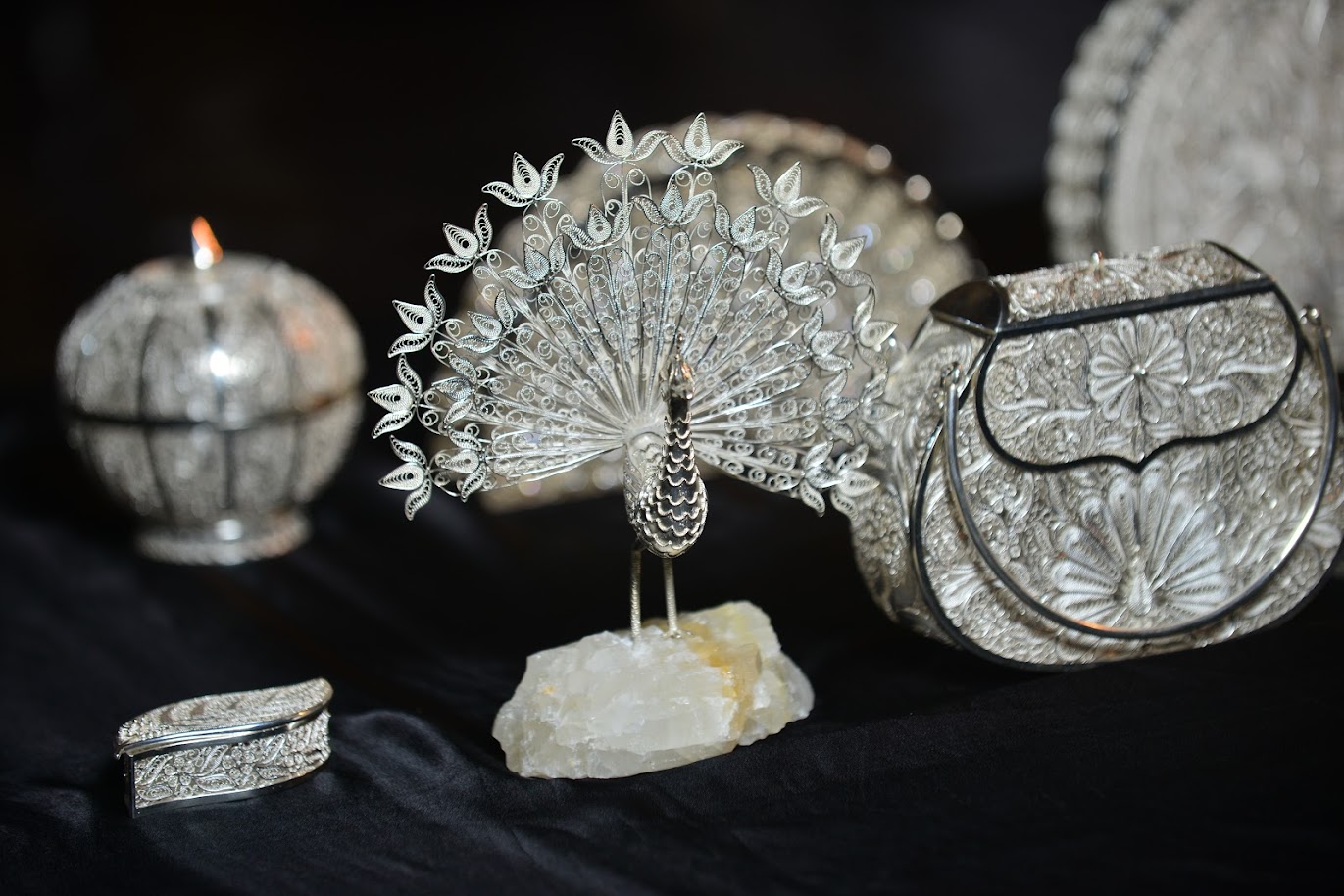
The Legacy of Vietnam Traditional Handicrafts
Cultural Roots in Every Stitch and Stroke
Vietnam has a long and distinguished history of craftsmanship rooted in its agricultural, spiritual, and communal traditions. Across the country, more than 4,500 craft villages exist, of which around 400 are recognized as traditional craft villages. These communities represent an enormous wealth of intangible heritage, where crafts are both economic assets and carriers of memory and meaning.
The most common materials include:
- Bamboo and rattan: For weaving baskets, furniture, and decorations
- Clay and ceramics: Used to create fine pottery and tableware
- Silk and textiles: Woven and dyed into clothing and accessories
- Wood and metal: Carved, cast, or inlaid into furniture and religious artifacts
Top Traditional Craft Disciplines in Vietnam
- Ceramics and Pottery (Bát Tràng, Phù Lãng)
- Silk Weaving and Lotus Silk (Vạn Phúc, Phùng Xá)
- Bamboo and Rattan Weaving (Phú Vinh)
- Lacquerware (Hạ Thái)
- Hand Embroidery (Quất Động)
- Wood Carving (La Xuyên, Ninh Vân)
- Bronze Casting (Ngũ Xã, Tống Xá)
- Handmade Paper (Đông Cứu)
- Thêu (Traditional Embroidery)
- Natural Scented Candles (Xuân La)
Each of these craft types not only serves practical purposes but also preserves Vietnam’s stories, philosophies, and regional diversity.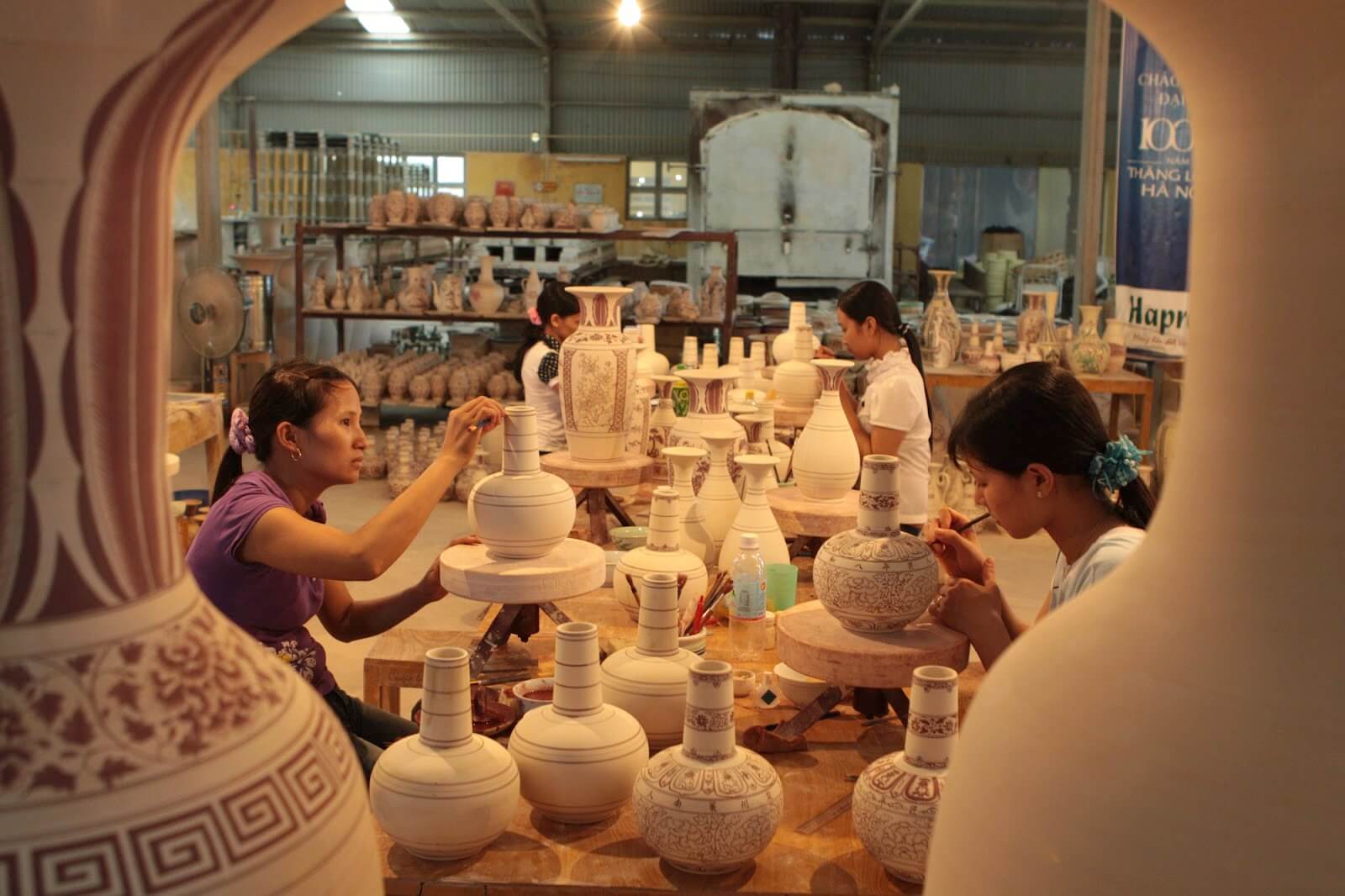
Vietnam’s Global Recognition: Bát Tràng and Vạn Phúc in the Spotlight
In February 2025, a monumental achievement for Vietnam’s artisan community was celebrated: Bát Tràng pottery village and Vạn Phúc silk village were officially recognized as members of the UNESCO Creative Cities Network (Crafts & Folk Arts).
This global distinction affirms:
- Vietnam’s position as a center of creative excellence
- The export potential of its handcrafted goods
- The ability of traditional artisans to innovate and adapt in the modern world
This acknowledgment not only elevates the status of these villages but also inspires other communities across Vietnam to preserve, innovate, and share their heritage with the world.
Economic and Cultural Impact
A Source of Rural Livelihood
Vietnamese traditional handicrafts support millions of rural artisans, often in regions where agricultural income is seasonal or limited. Handicraft production offers:
- Sustainable income for families
- Opportunities for women and elderly artisans
- Preservation of local techniques and languages
- Promotion of green production through natural materials
In 2023, Vietnam’s handicraft exports surpassed USD 1 billion, with primary markets including the U.S., EU, Japan, and South Korea.
A Tool for Cultural Diplomacy
From international trade fairs to high-end boutiques in Paris and New York, Vietnamese handicrafts have become ambassadors of cultural diplomacy. Products like:
- Lotus silk scarves from Phùng Xá
- Hand-carved Buddhist statues from Ninh Bình
- Eco-friendly bamboo kitchenware from Hà Nam
…have received widespread praise not only for their beauty but for their authenticity and sustainability.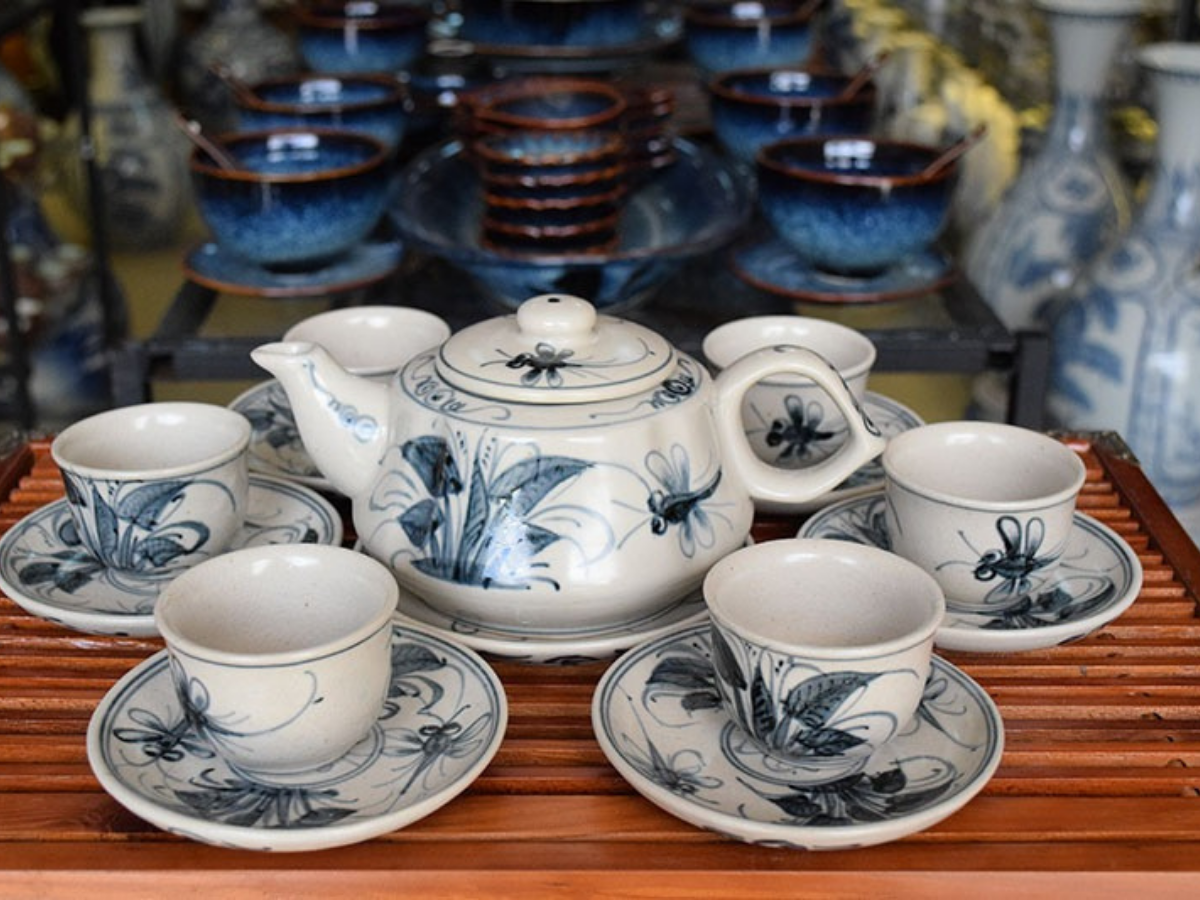
Must-Visit Vietnamese Craft Villages for Tourists
1. Bát Tràng Ceramics Village (Hanoi)
Just 13km from Hanoi’s Old Quarter, Bát Tràng is Vietnam’s most famous pottery village, known for centuries-old kilns, family-run workshops, and ceramic markets. Visitors can:
- Try wheel-throwing and glazing
- Purchase unique handmade ceramics
- Learn about ancient techniques like wood-fired kilns and ash glazing
2. Vạn Phúc Silk Village (Hà Đông, Hanoi)
Famed for its shimmering silks worn by royal courts in centuries past, Vạn Phúc continues to produce luxurious textiles. Tourists can:
- Watch weavers at traditional looms
- Purchase hand-dyed silk garments
- Learn about the dyeing process using natural herbs
3. Phú Vinh Bamboo Weaving Village (Chương Mỹ, Hanoi)
A hidden gem for eco-conscious travelers, Phú Vinh offers:
- Bamboo and rattan workshops
- Sustainable home décor products
- Unique basketry gifts
4. Quất Động Embroidery Village (Hanoi)
Known for fine hand embroidery, Quất Động produces art pieces and apparel that capture Vietnamese life in needle and thread.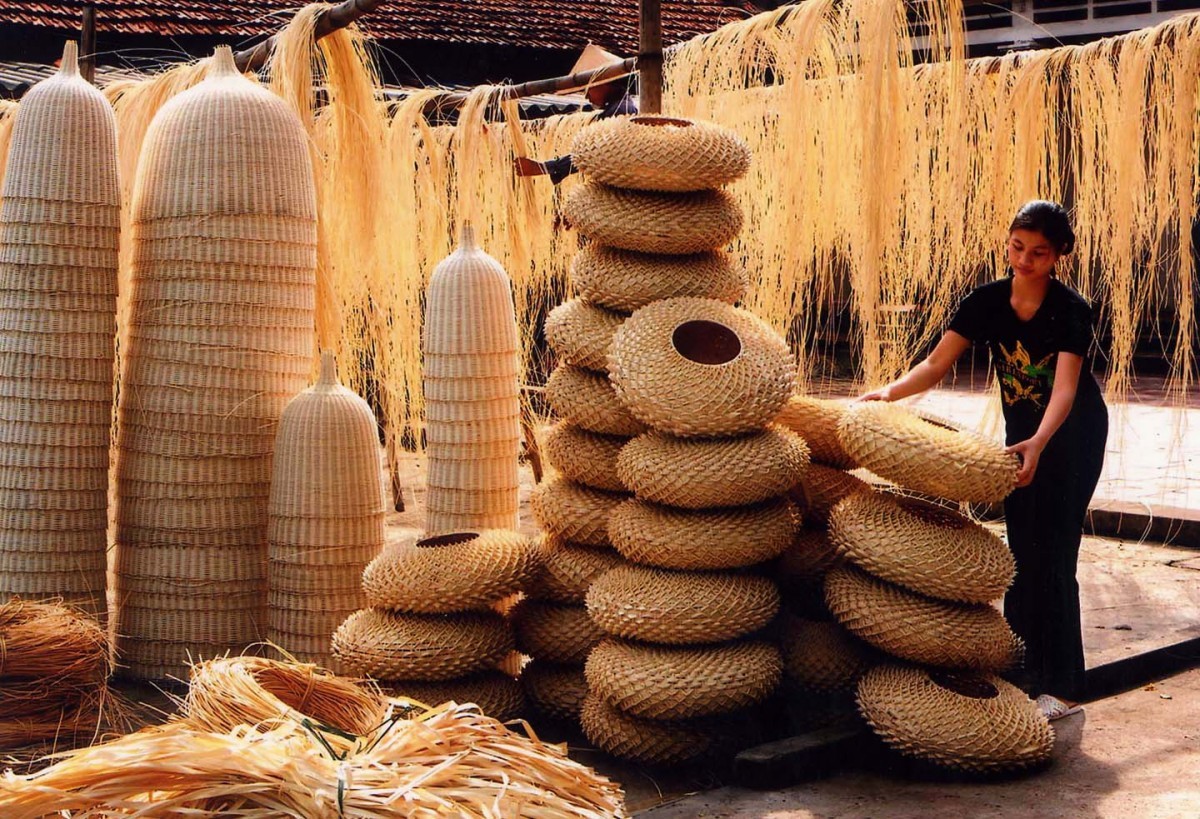
Spotlight: Modern Innovation in Traditional Crafts
Lotus Silk – An Icon of Sustainable Luxury
The development of lotus silk in Phùng Xá, by artisan Phan Thị Thuận, is a shining example of how traditional crafts can embrace modern values. Lotus silk is:
- 100% natural, biodegradable
- Hand-extracted from lotus stems
- Highly breathable and luxurious
- A favorite among luxury fashion designers
Digital Transformation in Craft Villages
Craft villages like Bát Tràng and Hạ Thái are now using:
- Social media marketing (e.g., Facebook, TikTok, Zalo)
- E-commerce platforms (Shopee, Etsy, Alibaba)
- CNC and laser technology for customized, high-precision orders
These tools help artisans reach a global audience and compete in the international design market.
Sustainability and Green Craftsmanship
Vietnam traditional handicrafts are inherently eco-friendly:
- Materials: Bamboo, clay, rattan, natural dyes, paper, fabric offcuts
- Processes: Handmade, low energy consumption, zero-waste
- Products: Reusable, long-lasting, non-toxic
Sustainable production not only benefits the environment but also aligns with global consumer trends favoring ethical shopping and slow fashion.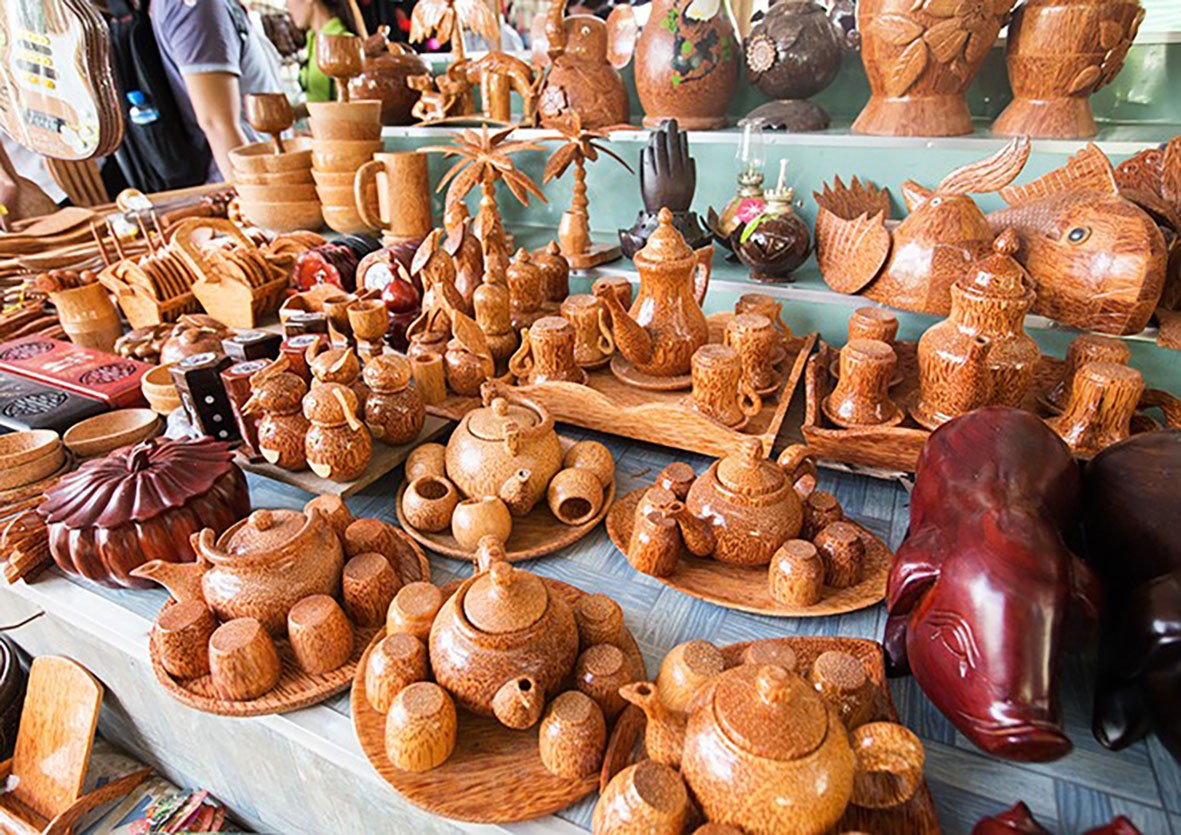
Challenges and Preservation Strategies
Despite their beauty and economic promise, Vietnam’s traditional crafts face several challenges:
Key Challenges:
- Aging artisan population
- Urban migration of younger generations
- Limited brand recognition
- Copycat mass production from other countries
Preservation Strategies:
- Education and vocational training in schools and communities
- State funding for heritage projects and craft incubation centers
- Integration with tourism and cultural festivals
- Collaboration with international designers and museums
Vietnam’s Creative Cities designation opens up even more pathways for investment, cultural exchange, and innovation.
How You Can Support Vietnam Traditional Handicrafts
As a foreign visitor or consumer, your choices matter. Here’s how you can help:
- Buy directly from certified craft villages or artisan cooperatives
- Visit workshops and learn about the craft process
- Participate in craft tours and hands-on experiences
- Share your experience on social media
- Support fair trade and ethical product sourcing
Every purchase supports cultural preservation, sustainable development, and community resilience.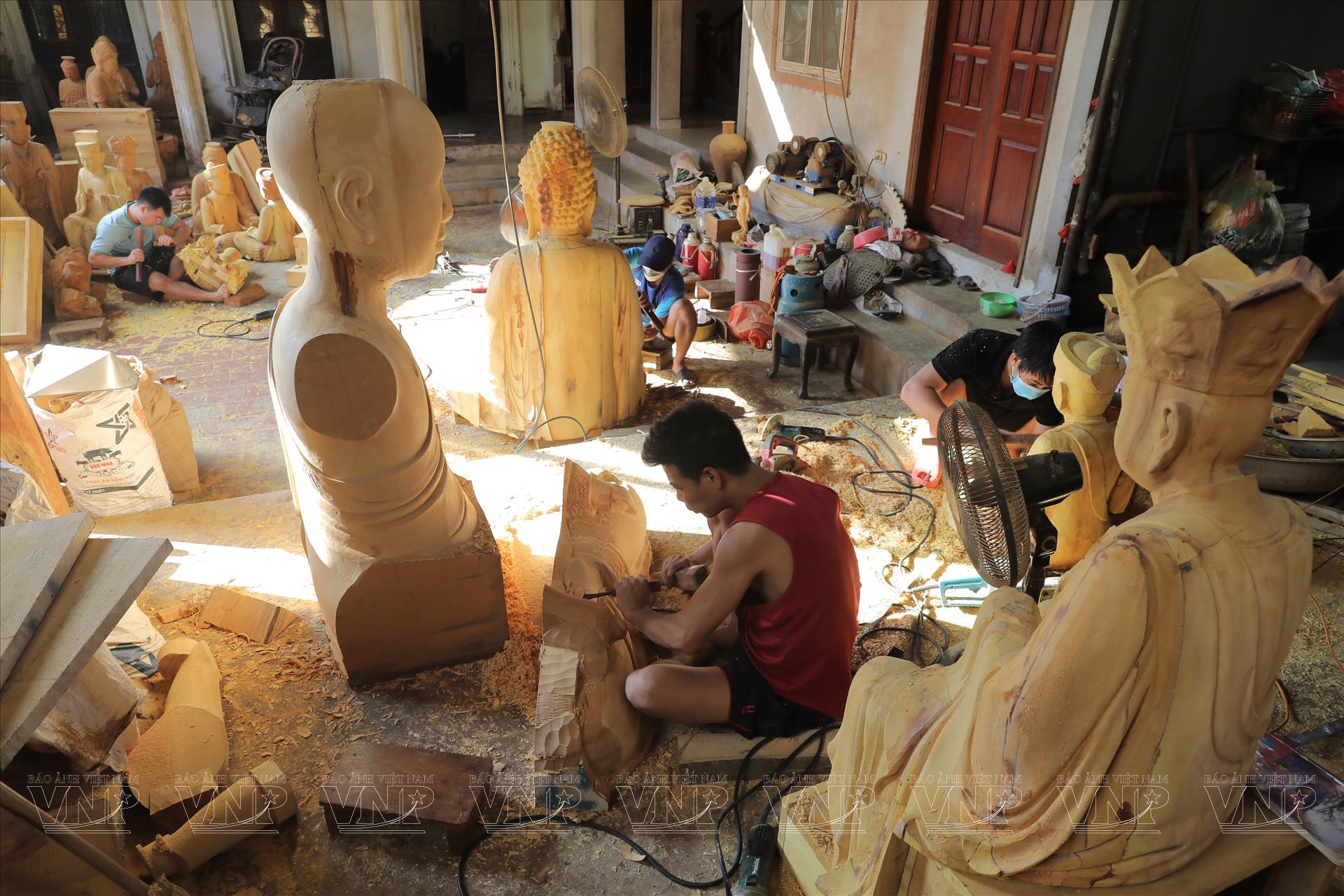
Conclusion
Vietnam traditional handicrafts are more than just beautiful artifacts — they are symbols of endurance, creativity, and national pride. They represent the harmonious blend of the old and new, where ancient techniques find new life in contemporary design and global markets.
With the recognition of craft villages like Bát Tràng and Vạn Phúc on the world stage, Vietnam is proving that traditional crafts are not relics — they are the future of sustainable, culturally rich innovation.
So next time you visit Vietnam, don’t just bring back memories — take home a piece of Vietnam’s soul, crafted by hands that carry the wisdom of centuries with Vietnam Culture.
See more post: Vietnam cultural practices: Exploring the heart of a timeless tradition

